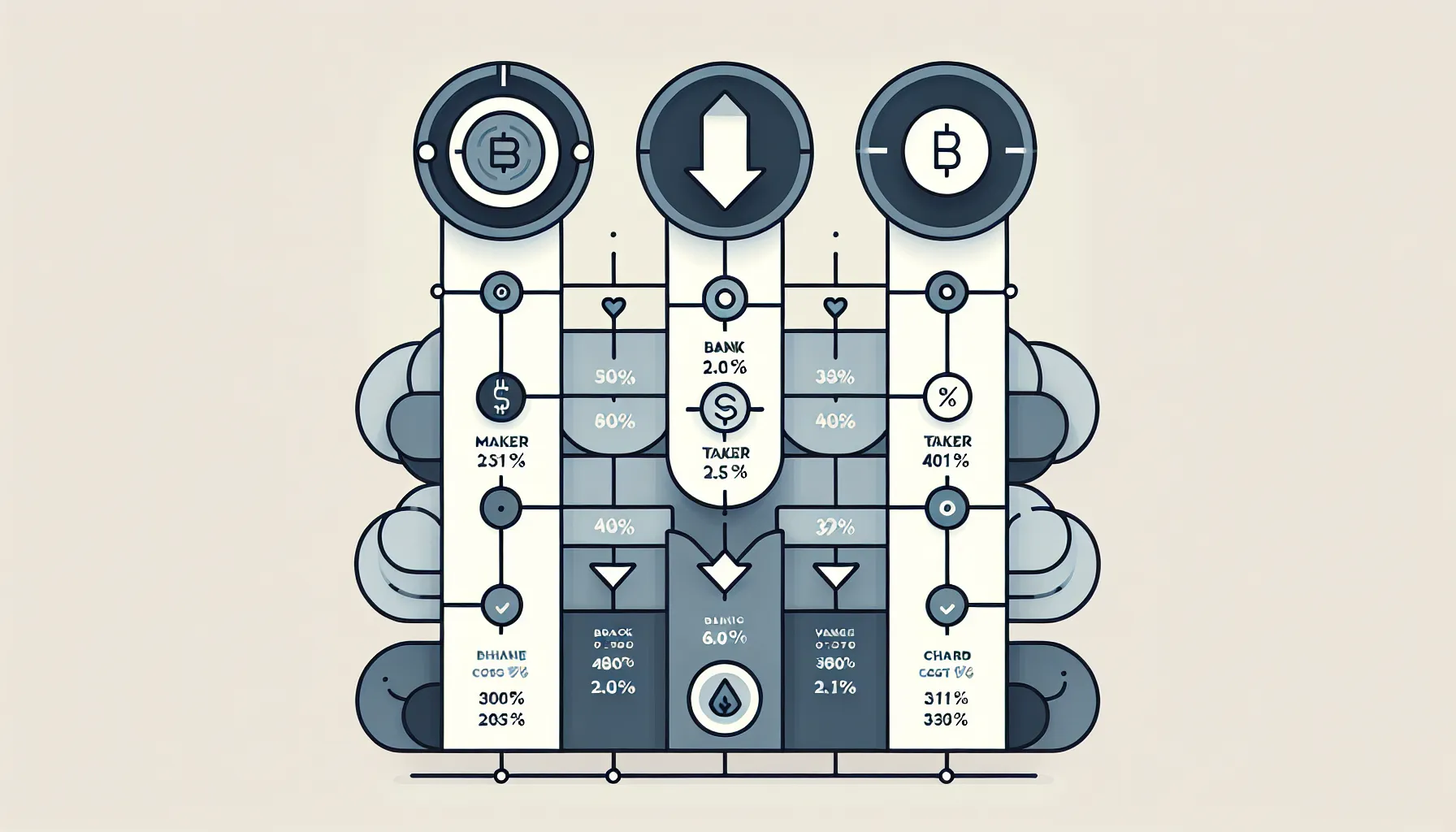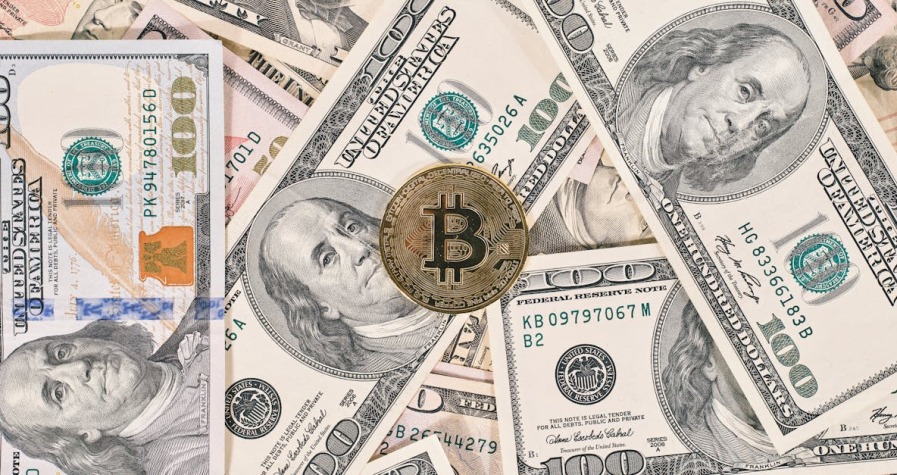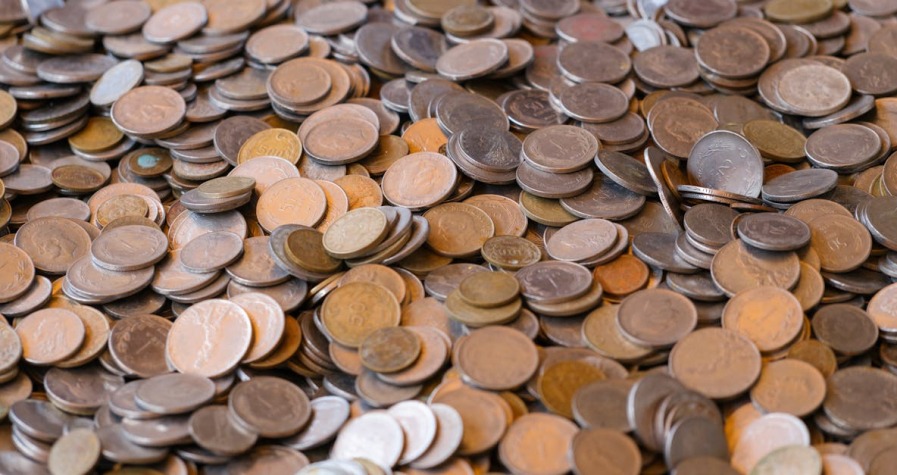Stepping into the world of cryptocurrency trading can feel exhilarating, but for many beginners, that excitement quickly turns to frustration when they realise how much they’re losing to fees. Not the obvious ones plastered on a homepage, but the sneaky charges buried in the fine print: spread markups, currency conversion costs, withdrawal minimums, and more. These “hidden” fees can quietly erode profits, turning what looked like a winning trade into a barely break-even position.
Understanding exactly where exchanges take their cut, and how to sidestep unnecessary charges, is essential for anyone serious about maximising returns. Whether you’re depositing GBP, executing your first limit order, or withdrawing Bitcoin to a personal wallet, every step can trigger a fee. This guide breaks down the most common (and most overlooked) charges on UK crypto platforms, shows you how to compare fee structures like a pro, and shares practical strategies to keep more money in your pocket. Let’s immerse.
Key Takeaways
- Hidden crypto exchange fees such as spread markups, currency conversion costs, and withdrawal charges can quietly erode profits and turn winning trades into break-even positions.
- Understanding maker-taker models is essential: placing limit orders earns lower maker fees, whilst market orders incur higher taker fees and potential slippage.
- UK traders should use bank transfers instead of card deposits to avoid 2–5% fees, and select FCA-registered exchanges offering native GBP trading pairs to sidestep currency conversion charges.
- Timing crypto withdrawals during off-peak hours and batching them into larger, less frequent transactions can significantly reduce network and platform fees.
- Always compare live market prices against exchange rates to spot spread markups, and verify that platforms publish transparent fee schedules before depositing funds.
Understanding the Types of Crypto Exchange Fees

Before anyone can avoid fees, they need to know what they’re dealing with. Crypto exchanges generate revenue in several ways, and not all charges are labelled clearly. Here’s a breakdown of the main fee categories you’ll encounter.
Trading Fees and Maker-Taker Models
Trading fees are levied on every buy or sell order. Most UK exchanges use a maker-taker model, which splits traders into two camps. Makers add liquidity to the order book by placing limit orders that aren’t immediately filled: they typically pay lower fees (sometimes even zero). Takers remove liquidity by executing market orders that match existing offers, and they’re charged higher fees for the convenience.
On UK platforms, maker fees can sit anywhere from 0% to 0.3%, whilst taker fees usually range between 0.1% and 0.6%, depending on your 30-day trading volume. If you’re trading £1,000 worth of Bitcoin and paying a 0.5% taker fee, that’s £5 gone per trade. Do that twice a week, and you’ve handed over £520 a year in trading fees alone. Volume-based tiering often rewards frequent traders with discounted rates, but beginners usually start at the highest tier.
Deposit and Withdrawal Charges
Getting money onto an exchange, and getting it back out, can be surprisingly expensive, especially if you’re not careful about your payment method. In the UK, bank transfers (Faster Payments or BACS) are usually the cheapest option: many exchanges charge nothing or a nominal flat fee for GBP deposits via bank transfer.
Card deposits, but, are a different story. Debit card deposits commonly attract fees of 2–4%, whilst credit card purchases can cost 3–5% or more. That means a £100 debit card deposit might only land £96 in your account. Withdrawals also vary: some platforms allow free GBP withdrawals to UK bank accounts, whilst others charge a flat fee or a percentage. Crypto withdrawals often carry a fixed fee per asset, for example, 0.0005 BTC or 0.01 ETH, which can feel modest when prices are low but expensive during bull runs.
Network Fees Versus Platform Fees
When you withdraw cryptocurrency to an external wallet, you might see two line items: a network fee and a platform fee. Network fees (often called “gas” on Ethereum) are paid to miners or validators to process your transaction on the blockchain. These aren’t set by the exchange: they fluctuate based on network congestion and the asset you’re moving.
Platform fees, on the other hand, are entirely under the exchange’s control. Some exchanges bundle both into a single “withdrawal fee” and keep the difference as profit: others pass through network fees at cost. It’s worth checking whether a withdrawal charge is genuinely covering blockchain costs or padding the platform’s margins. During busy periods, Ethereum gas fees can spike to £20 or more, so timing your withdrawals can save real money.
Common Hidden Fees That Catch Beginners Off Guard
Even after you’ve digested the official fee schedule, there are still plenty of places where exchanges quietly take a slice. These are the charges that don’t always show up in bold print.
Spread Markups and Price Slippage
Some exchanges advertise “0% commission” or “no trading fees,” but what they don’t shout about is the spread markup, the gap between the buy price and the sell price. If Bitcoin’s market price is £25,000 but the exchange sells it to you at £25,200 and buys it back at £24,800, you’re effectively paying a £400 (1.6%) hidden fee on a round trip, even though no line item says “fee.”
Slippage is related but slightly different: it occurs when your market order gets filled at a worse price than expected, especially on low-liquidity pairs or during volatile moments. Both spread and slippage eat into returns, and beginners often don’t realise they’ve been charged until they check the final numbers. Always compare the displayed price against a live market aggregator (like CoinGecko or CoinMarketCap) to see if the exchange is widening the spread.
Inactivity and Account Maintenance Fees
If you’re the type to buy crypto and forget about it for months, beware: a handful of platforms charge inactivity fees on dormant accounts. The good news is that most leading UK exchanges have dropped these fees, but smaller or offshore platforms may still levy a monthly charge (say, £5 or £10) after 90–180 days of no activity. Always check the terms before you vanish for a year, you don’t want to return and find your balance mysteriously lighter.
Currency Conversion and Cross-Border Charges
Many crypto exchanges operate globally and hold their base currency in USD or EUR, not GBP. When you deposit pounds into a USD-denominated platform, the exchange converts your funds, and that conversion often comes with a 0.5–1% markup on top of the mid-market rate. If you deposit £1,000 and the platform applies a 1% conversion fee, you’ve lost £10 before placing a single trade.
Some exchanges are transparent and list the fee explicitly: others bury it in the exchange rate they offer. To avoid this, look for UK-based platforms that support native GBP trading pairs and GBP account balances. That way, your deposit stays in pounds and you’re not paying a hidden currency tax every time you top up.
How to Compare Fee Structures Across Exchanges
With so many moving parts, how do you actually figure out which exchange is cheapest for your use case? Spoiler: it’s not as simple as picking the one with the lowest headline trading fee.
Reading the Fine Print in Fee Schedules
Every reputable exchange publishes a fee schedule, but not all fee schedules are created equal. Some are a single, easy-to-read table: others are scattered across multiple pages, buried in FAQs, or written in legalese that would make a barrister wince. Take the time to hunt down the full breakdown: trading fees (maker and taker), deposit fees by payment method, withdrawal fees by asset, spread or “convenience” charges, and any other miscellaneous costs.
Pay special attention to tiered fee structures. If you’re planning to trade £500 a month, you’ll be in a different tier (and pay different rates) than someone moving £50,000. Check whether the advertised rate applies to your likely volume, or whether you’ll be stuck at the top-tier rate. Also, note whether fees are charged as a percentage or a flat amount, flat fees hurt small transactions disproportionately, whilst percentage fees scale with trade size.
Using Fee Calculators and Comparison Tools
Once you’ve got fee schedules from a few exchanges, use an online fee calculator or comparison tool to model your typical activity. Some third-party sites let you input your deposit method, trade size, and withdrawal frequency, then spit out a total cost estimate for each platform. These tools can reveal that a platform with higher trading fees but free withdrawals might actually be cheaper overall if you move funds off-exchange regularly.
Don’t forget to compare non-trading fees alongside trading costs. A beginner who deposits £100 via debit card once a month and withdraws crypto quarterly might pay more in deposit and withdrawal fees than in actual trade commissions. Run the numbers for your specific habits before committing to a platform.
Practical Strategies to Minimise Exchange Fees
Knowledge is only half the battle: the other half is putting smart habits into practice. Here are the most effective tactics for keeping fees low.
Timing Your Trades and Choosing the Right Order Types
Market orders are convenient, they execute instantly, but they also trigger taker fees, which are typically higher than maker fees. If you’re not in a rush, place a limit order instead. You’ll pay the lower maker rate and avoid slippage, though you risk the order not filling if the market moves away from your price.
Timing matters for withdrawals, too. Network fees on blockchains like Ethereum can vary wildly depending on congestion. Check a gas tracker (such as Etherscan’s gas tracker) before withdrawing ETH or ERC-20 tokens: moving funds during off-peak hours (weekends or late evenings GMT) can save you a significant chunk.
Leveraging Exchange Tokens and Loyalty Programmes
Several major exchanges offer their own native tokens (think Binance’s BNB or Crypto.com’s CRO), which can be used to pay trading fees at a discount, sometimes as much as 25–50% off. If you’re trading regularly, holding a small stack of the exchange’s token can add up to meaningful savings over time.
Some platforms also run loyalty or VIP programmes that reduce fees based on your 30-day volume or the amount of their token you hold. These schemes work best for active traders, but even casual users can benefit if the token is easy to acquire and the discount is substantial.
Selecting Cost-Effective Withdrawal Methods
As mentioned earlier, bank transfers are almost always cheaper than card deposits. Similarly, when it’s time to cash out, withdrawing GBP to your UK bank account via Faster Payments is usually free or costs a small flat fee (often under £1). Avoid using credit cards to buy crypto, the 3–5% fee is almost never worth the convenience, and some card issuers treat crypto purchases as cash advances, triggering even higher fees and interest.
For crypto withdrawals, batch them when possible. If you’re paying a flat £2 fee per withdrawal, taking out £50 four times costs you 4 × £2 = £8 (a 16% effective fee on £200). Withdraw £200 once, and the same £2 fee is just 1%. Larger, less frequent withdrawals save you money, just be mindful of exchange security and consider moving funds to a personal wallet if you’re holding long-term.
Red Flags to Watch for When Choosing an Exchange
Not all fees are transparent, and not all platforms are trustworthy. Here are the warning signs that should make you think twice.
Excessively wide spreads: If the buy–sell gap is several percentage points wider than market rates on other exchanges, the platform is profiting from hidden markups. Compare live prices before you commit.
Vague or missing fee disclosures: Any exchange that won’t publish a clear, comprehensive fee schedule is hiding something. If you have to email support to find out what a withdrawal costs, walk away.
Unregistered or unlicensed platforms: In the UK, crypto exchanges should be registered with the Financial Conduct Authority (FCA) for anti-money-laundering purposes. Check the FCA register before depositing funds: unregistered platforms carry higher risks of fraud, poor security, or sudden closures.
Sudden fee changes without notice: Reputable exchanges announce fee adjustments well in advance. If fees change overnight or without clear communication, it suggests the platform doesn’t respect its users.
Pressure tactics and “limited-time” fee waivers: Be sceptical of exchanges that push you to deposit large sums quickly to “lock in” zero fees. High-pressure sales tactics are a hallmark of dodgy operators.
Trust your instincts. If something feels off, unclear terms, pushy marketing, or fees that don’t add up, it probably is. Stick with well-established, FCA-registered exchanges that have a track record of transparency.
Conclusion
Hidden fees are one of the fastest ways for beginners to lose money in crypto, but they’re also one of the easiest problems to solve once you know what to look for. By understanding the full spectrum of charges (from maker-taker splits to currency conversion markups), comparing platforms methodically, and adopting simple habits like using bank transfers and limit orders, traders can keep significantly more of their capital working for them.
The key is to approach fee analysis with the same diligence you’d apply to picking investments. Read every fee schedule, model your own use case, and never assume that “0% commission” means zero cost. Crypto trading is competitive enough without handing over chunks of your portfolio to avoidable charges. Do your assignments, stay alert for red flags, and you’ll be well-positioned to trade smarter, cheaper, and more confidently.








